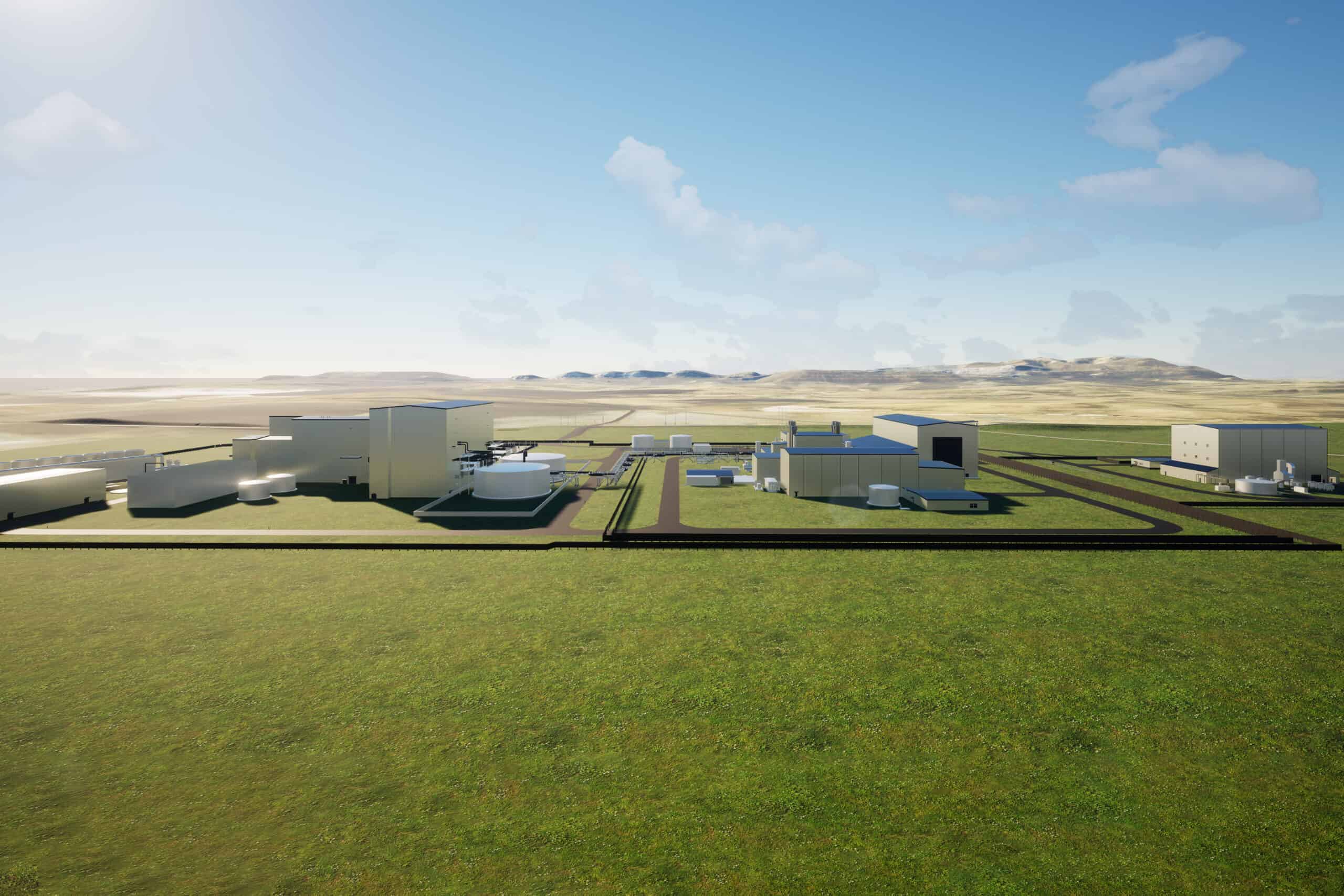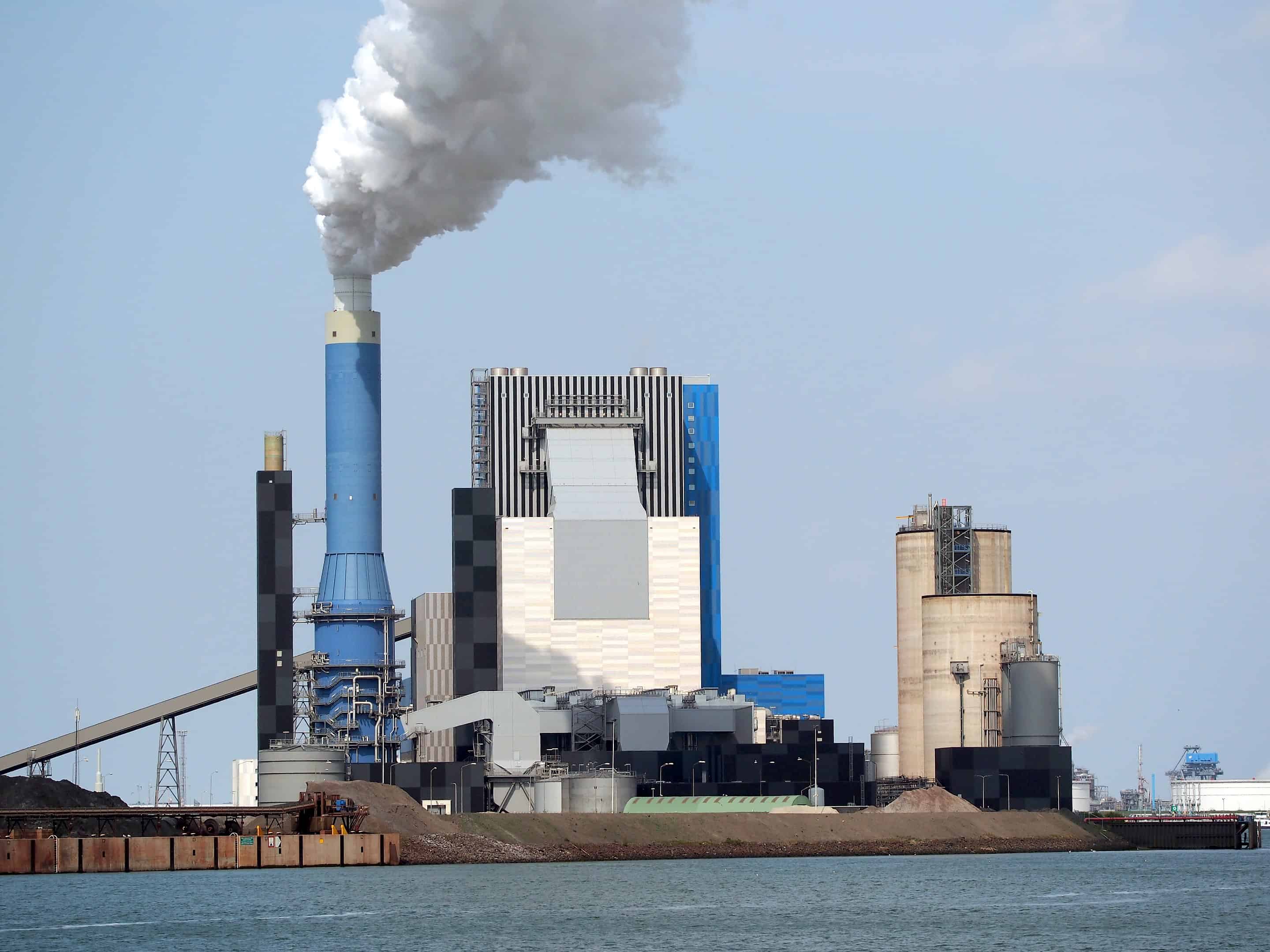
TerraPower, founded by Bill Gates, is revolutionizing the nuclear industry with its Natrium reactor, set to be operational by 2028. The advanced reactor will provide carbon-free energy, with Gates recently visiting Kemmerer, Wyoming, to showcase the future Natrium site. The Natrium reactor design features a molten salt storage tank, allowing it to adjust power output according to demand. In addition to energy generation, TerraPower is also making strides in cancer treatment by producing a groundbreaking cancer treatment isotope in the US for the first time, using a high-flux nuclear reactor. The company’s strategic collaboration with South Korea’s SK Innovation and Korea Hydro & Nuclear Power is a significant step towards commercializing the Natrium reactor, paving the way for a cleaner, sustainable future.
The Natrium reactor: a game-changer for the nuclear industry
Bill Gates’ nuclear innovation company, TerraPower, has taken the lead in developing advanced nuclear reactors. The Natrium reactor is designed to be more efficient and less expensive than current nuclear reactors. With a 345 MW sodium-cooled fast reactor and a molten salt-based energy storage system, the plant’s output can be boosted to 500 MW during peak power demand. The storage technology enables the reactor to integrate seamlessly with renewable resources, potentially revolutionizing the nuclear industry and providing carbon-free energy to billions.
Natrium’s innovative design also addresses some of the major challenges faced by the nuclear industry, such as nuclear waste. The use of liquid sodium as a coolant enables the plant to operate at high temperatures, increasing efficiency and reducing the cost of generating electricity. Furthermore, the technology has the potential to recycle used nuclear fuel, reducing the amount of high-level nuclear waste.
Wyoming: the perfect location for Natrium’s demonstration project
Wyoming, the United States’ top coal-producing state, has been chosen as the site for the first Natrium reactor project. The decision to build the reactor at the site of a retiring coal plant showcases the transition towards cleaner energy sources.

Wyoming Governor Mark Gordon supports the Natrium project as part of his “all-of-the-above strategy for energy”. The project will not only help reduce greenhouse gas emissions but is also expected to boost Wyoming’s uranium mining industry, as the advanced reactor aims to minimize nuclear waste.
Challenges and criticism: is Natrium the answer to our energy needs?
Despite the potential benefits, the Natrium project has been met with some criticism. Robert Howarth, a professor at Cornell University, argues that wind and solar energy are cheaper, faster to deploy, and safer than traditional nuclear plants. He sees the Natrium project as an experiment, urging a focus on 100% renewables instead.
However, proponents of the Natrium project argue that advanced reactors, such as Natrium, can supplement intermittent power sources like wind and solar while providing a reliable, carbon-free source of energy. The US Department of Energy has awarded TerraPower $80 million in initial funding to demonstrate Natrium technology, with additional funding committed in the coming years, subject to congressional appropriations.
A brighter future: TerraPower’s contributions to cancer treatment
Aside from its groundbreaking work in the nuclear industry, TerraPower is also making significant advancements in cancer treatment. In March 2023, the company, alongside Isotek Systems, Cardinal Health Nuclear & Precision Health Solutions, and the US Department of Energy, successfully produced an innovative cancer treatment isotope for the first time in the United States. The new isotope production technology, developed using a high-flux nuclear reactor designed by TerraPower, is expected to improve cancer treatment by increasing the availability and affordability of radioactive isotopes.

